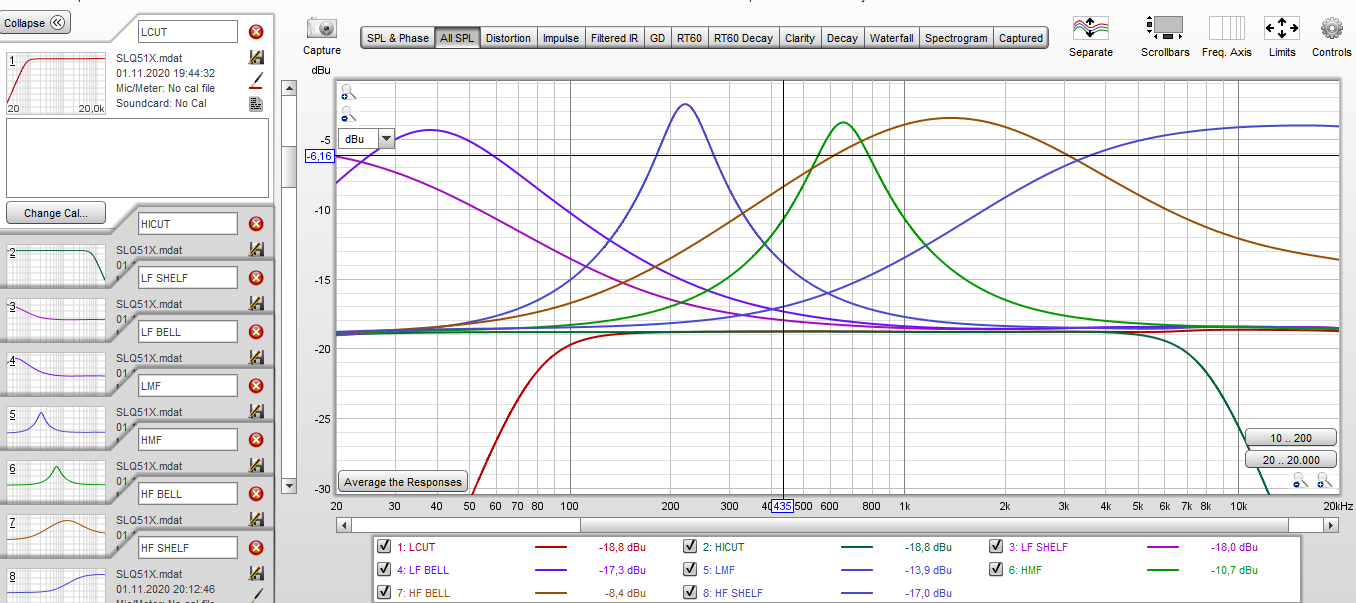MidnightArrakis
Well-known member
What you are stating here actually -- IS -- possible to do, >> BUT!!! <<.....it is specifically dependent upon - which - PCB-design program you are using. Some of the more well-known "industry standard" and.....ahem.....more expensive PCB-design programs, have a feature which will -- re-annotate -- the PCB in a "numerical and logical" manner, exactly as "SadMonkeySound" desires. And, once the PCB layout has been "re-annotated", you then perform a "Back-Annotation" to the schematic, which then "re-annotates" the schematic and turns it from being an easy-to-read "numerically logical" schematic to a total -- nightmare -- where you might end up with R1 right next to R48 instead of R2!!! So.....> YES!! <.....it is possible to do this, but it may only be available to do so on the more higher-end PCB-programs and not the typical -- FREE -- software that is so commonly used within this forum.Is it that you are hoping for the board to be laid out so that, for example, resistors follow a numeric order from left top to bottom right, or something similar to that? (That's a guess, but it's what I'm inferring from what you wrote; apologies if I've misunderstood). If so, that is very unlikely to happen, because the those numbers are referenced to the schematic. In other words, just because two numerically sequential components might appear next to each other on a schematic doesn't mean that they will be situated adjacent to one another on a circuit board, as there are numerous other complex factor at play in a pcb layout. The good thing is that the "slowdown" you experience as a result of hunting for component footprints gives you an opportunity to get familiar with the layout and develop a stronger understanding of where the various circuit blocks sit on the board.
"SadMonkeySound's" problems might also be due to a poor PCB components placement because a "good" PCB Designer would place their components closely following the original schematic and the schematic - should - have all of the component REF DES's grouped and placed relatively close to one another and in a somewhat "numerically-sequenced" order.
This concludes today's class on "Schematic & PCB Annotation Features In Modern CAD-Design Programs"!!!
/
























![Soldering Iron Kit, 120W LED Digital Advanced Solder Iron Soldering Gun kit, 110V Welding Tools, Smart Temperature Control [356℉-932℉], Extra 5pcs Tips, Auto Sleep, Temp Calibration, Orange](https://m.media-amazon.com/images/I/51sFKu9SdeL._SL500_.jpg)









